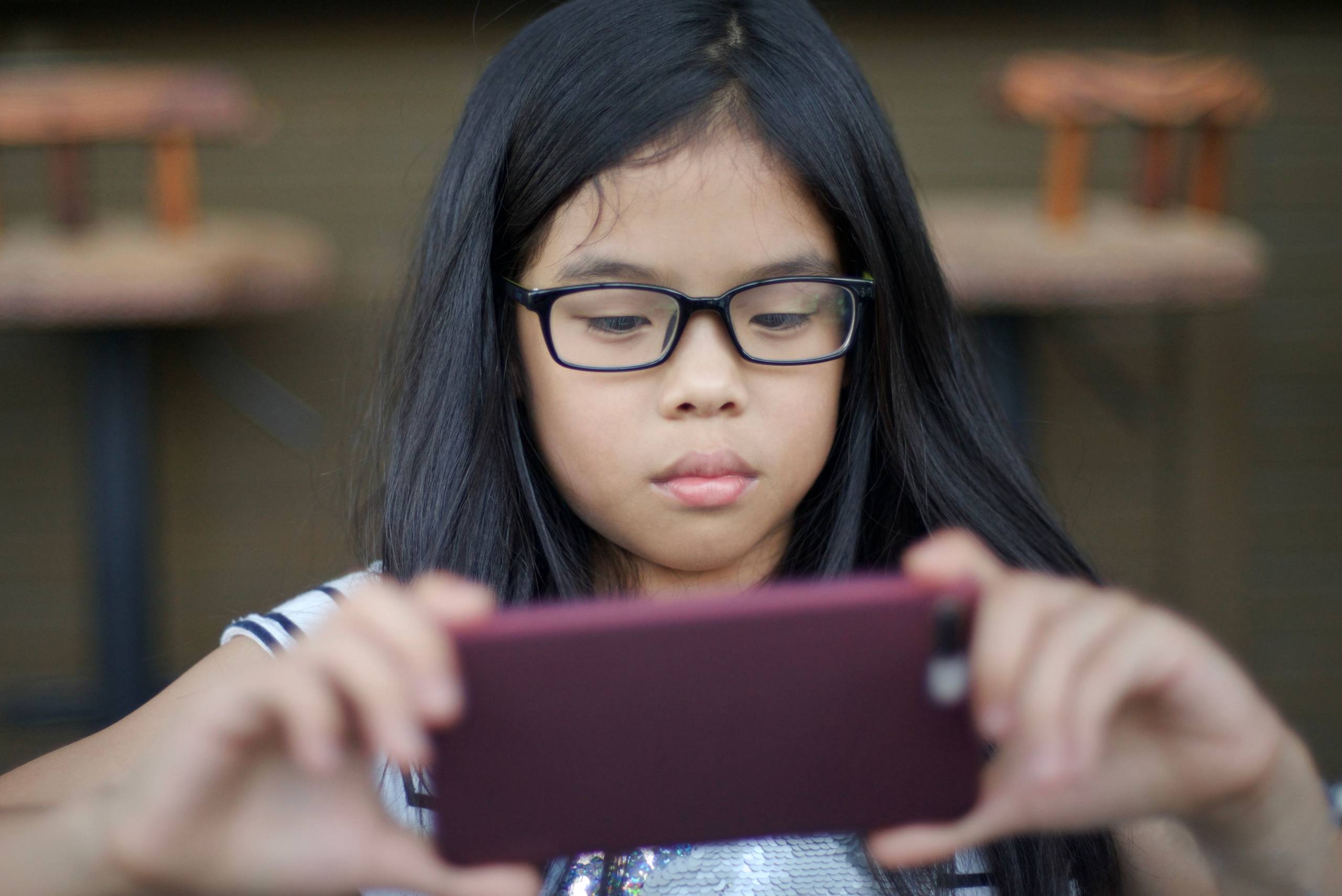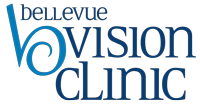
Myopia Management
For more information please visit: MyKidsVision.org
What is Myopia:
Myopia, or nearsightedness, is when glasses are needed to help you see far away. Myopia occurs when the eyeball is too long, for the focusing power of the cornea and lens of the eye.
When nearsightedness starts in childhood, it progresses to a higher and higher prescription during the growing years. Risk factors like genetics, environment and lifestyle and age of onset can be a predictor of higher prescriptions.
Risk to Vision
Myopia is becoming increasingly common among children. By 2050, nearly 5 billion people worldwide will have myopia compared to the 2 billion in 2010. High Myopia is associated with increased risks of glaucoma, cataracts and retina/macular issues that can be sight-threatening. Research into slowing down the progression of nearsightedness, particularly in growing children, has led to the development of 3 main measures of controlling myopia. All of these are designed to SLOW changes in myopia, but cannot
guarantee full stabilization of the prescription. They are all designed to be used consistently for several years until overall growth has stabilized.
Treatment options
OrthoKeratology (aka: CRT, OrthoK or OK Contacts)
More information is available at ParagonVision.com. https://www.paragonvision.com/the-myopia-epidemic/
Orthokeratology is the use of rigid contact lenses worn only while sleeping to reshape the cornea (front of the eye). In doing so, the peripheral vision is slightly modified in order to stabilize further changes to the prescription as well as temporary correction of established glasses prescription. These need to be worn each night to maintain clear vision without glasses and achieve control of myopia progression.
Similar to daily contacts, the initial feeling of new lenses on the eye can take some getting used to. The process of Orthokeratology, or re-shaping the cornea, is not painful.
Multifocal Soft Contacts
Soft contact lenses for daily wear that modify the peripheral vision slightly to send signals to the eye to stabilize and reduce progression of myopia.
Atropine Eye Drops (daily)
Low concentration prescription eye drops instilled nightly in both eyes to reduce
progression of nearsightedness. Numerous studies have found side effects of this very
dilute eyedrop to be rare. These drops are thought to bind to growth receptors to inhibit
further growth and progression of myopia.
